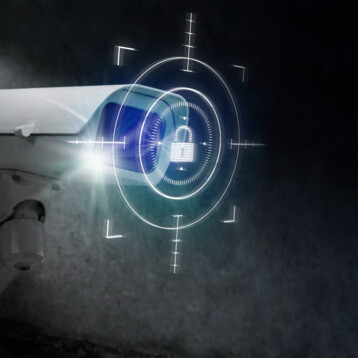|
The radar system will fill a large portion of the central section of the blimp and provide approximately 30 percent of its mass. Unlike most current radar systems, this radar will be built directly into the frame of the craft. To compensate for the extra mass, the primary hull material is extremely light. In addition, in order to support continuous deployment for up to ten years at high altitudes, designers had to find materials capable of withstanding temperatures as low as 130 degrees below zero Fahrenheit and retain their strength at such exposures.
According to the engineers, due to the blimp’s unusually long deployment times, a power source that recharges itself is a necessity. The power requirements will therefore be met by a novel system that employs solar panels to recharge hydrogen fuel cells. Lift for the dirigible will come from helium, a traditional choice for such aircrafts.
There are still obstacles to overcome, however. Some form of self-defense capabilities must be designed so that the blimp isn’t shot down by the first approaching missile. Details of the exact requirements and specifications of any weapons or other protective on-board systems have not yet been released.
The steady state speed of the blimp is estimated at around 60 knots with a maximum speed limit of 100 knots. Once deployed it could provide continuous surveillance of land, air, and sea vehicles operated by both friendly and enemy forces. Again, details of any specific surveillance capabilities of the craft have not been released to the public.
Air Force officials say the development of the blimp began in 2004 in collaboration with both Lockheed Martin and Northrop Grumman. A prototype that can remain in the air for a full year will reportedly be available later this year. According to DARPA and Air Force Chief Scientist Werner J.A. Dahm, a fully operational blimp is anticipated within the next five years. The estimated cost of the project is approximately 400 million dollars. Dahm believes, however, that the project is more than worth its cost – “It would allow us to observe remarkably fine details over very long periods,” he said. “That lets us better understand how an adversary operates, how to anticipate their actions, how to interpret their intent, and many other things that we need today, tomorrow and beyond.”
TFOT has previously reported on the Selsam SuperTurbine – an offshore floating wind turbine that can incorporate a blimp. We have also covered several intelligence and surveillance technologies including the development of super quiet UAVs, the DraganFlyer unmanned helicopter designed for digital photography, the X-47B stealth UAV designed to resemble a strike fighter, a micro aerial vehicle designed by engineers of the Air Force, and the iRobot Negotiator designed for urban ground surveillance.
Read more about the proposed blimp in this Air Force news story.











